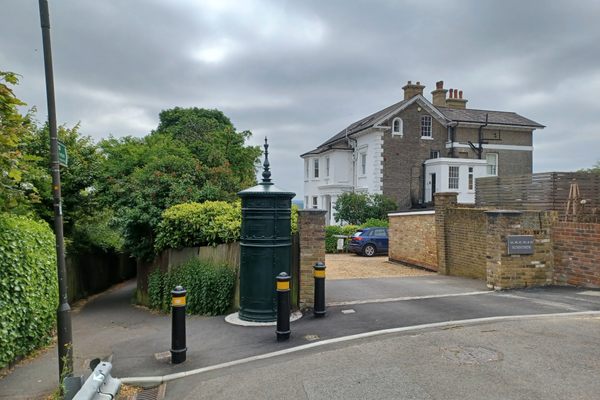Shukhov Tower on the Oka River
An unused hyberbolic electricity pylon kept as architectural monument.
Originally created to carry electricity across the Oka River, the Shukhov Tower was built in a strong hyperboloid form, allowing it to remain intact even after it outlasted its use at the collapse of the Soviet Union.
The tower was built by Vladimir Shukhov, an engineer and scientist, often called the “Russian Edison.” Working with a mathematician to devise the strongest structure that used the least amount of material Shukhov created the hyperboloid form. By using a lattice of straight beams Shukhov could create stronger more efficient tower designs. He premiered the world’s first hyperboloid water tower at the All-Russian Exposition in 1896.
Shukhov was so sure of the strength of the hyperboloid design that he had plans to build a tower that would have been 50 meters higher then the Eiffel Tower, while using less than a quarter of the material. However these plans were scaled back when Lenin declared that that the army could not spare that much steel.
The Shukhov Tower on the Oka River - also known as the Dzerzhinsk High-Voltage Mast - was one of Vladimir Shukhov’s later designs. Originally comprised of a pair of 420-foot-high towers, along with four other smaller pylons that stood at 66 and 223 feet, in 1989, the smaller towers were completely dismantled, and electricity was cut off to the entire complex.
Although the two massive pylons remained for a while longer, one was illegally demolished and stripped for its steel in 2005. Today, the remaining pylon remains as an architectural monument. Stabbing 420 feet into the air from its 90 foot in diameter base, it is an impossible sight to miss along the Oka River near Dzerzhinsk.
















Follow us on Twitter to get the latest on the world's hidden wonders.
Like us on Facebook to get the latest on the world's hidden wonders.
Follow us on Twitter Like us on Facebook